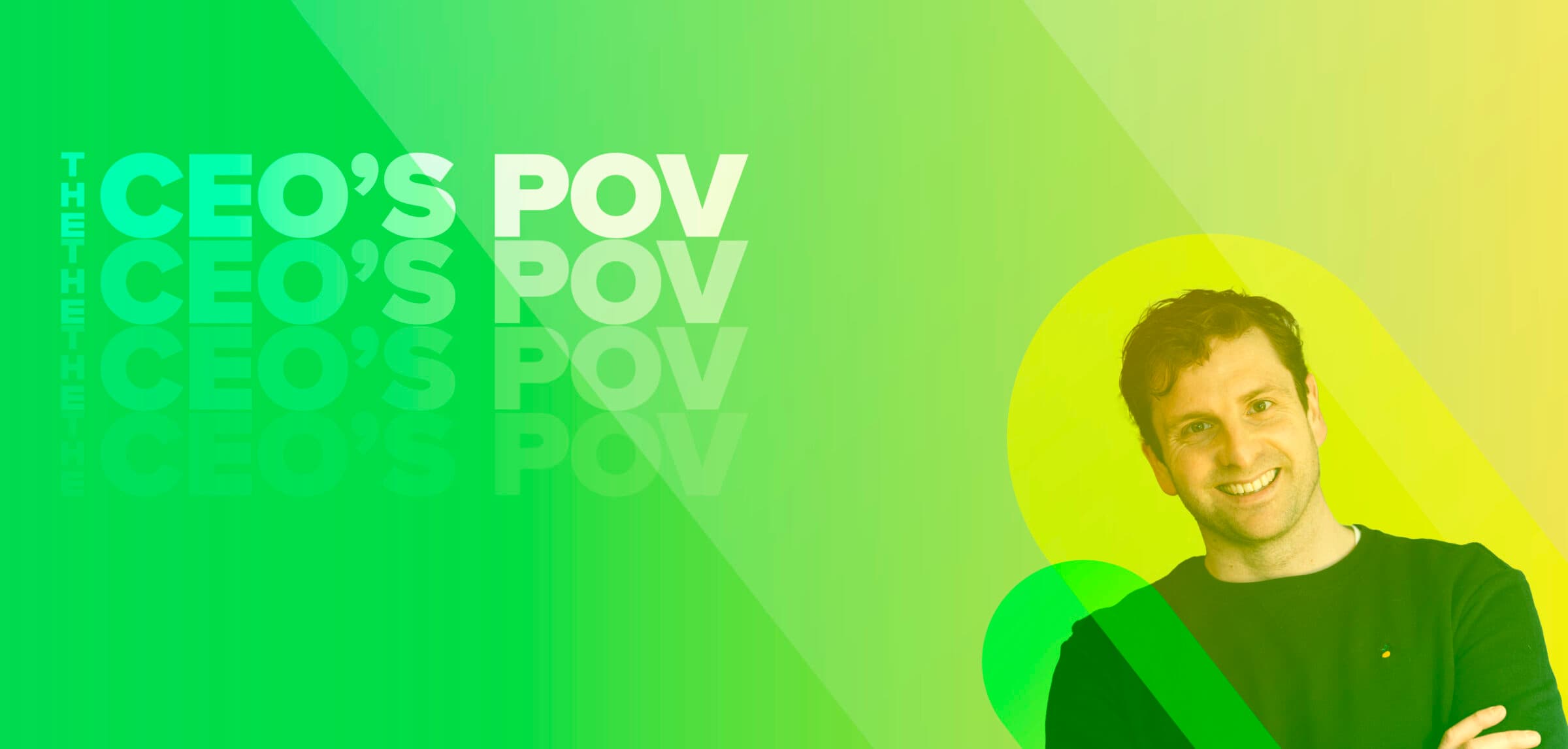CEO POV - Talk is cheap but money talks
We are in unprecedented times for elite sport.
Who would have thought 18 months ago that professional golf would’ve entered a bitter civil war, fought with litigation, only to resolve the situation with the most unlikely union imaginable?
It’s been an unedifying episode to watch, driven by greed on all sides, and ended by a marriage of convenience for the players and administrators.
But what of the fans?
It’s now that we see how cheap talk is.
What consideration, at any point, was given to what the fans want? What thought was given to the reputation of the sport as a whole?
Who could blame any golf enthusiast watching this unfold from thinking this is so far detached from reality, I’m not sure I really want to support whatever ‘product’ is presented in the future.
Money may make the world go round for a small number of sports properties able to secure funds and revenues from all manner of sources, but they are in the 1%.
The majority of governing bodies and rights holders would do well to spend less time thinking about the bank balances of their athletes and more time thinking about their fans. That is their key stakeholder and the one that can consistently be relied upon to fuel their sport or competition.
And what do fans want? They want competition, rivalries, excitement, content and hype. Lots of content, enveloped in hype, wherever and whenever they can get it.
This in part explains the explosion in OTT platforms, which offer far more flexibility for both the rights holder, who becomes unrestricted in the amount of content they can broadcast, and for the fan, who has an abundance of viewing options and content streams.
A driving force of this strategy has been about building direct relationships with fans. Of course that’s not entirely altruistic, but it is not just about monetisation, it’s about data, too. Better understanding the fan so you can give them more of what they want, build greater affinity and attract new fans to the sport.
Where passionate fandom exists, so too does growth potential.
The sport of volleyball is a prime example. It is said to have 800 million fans and generated 2.6 billion viewer hours during the 2016 Rio Olympic Games, making it the most-watched discipline during the event.
To the person on the street these numbers would be surprising and the organisation itself realised that it needed to better aggregate its audience and provide it with a competition platform that is digestible for as many people as possible.
It’s plan was realised with a $300m funding boost from CVC in early 2021 and the creation of World Volleyball as the commercial entity for the sport around the world.
Soon after they launched a reformatted three-tier Beach Pro Tour streamlining the number of events with a clear focus on having a consistent product, with a clear pathway, that meets the expectations of fans.
By creating a new fan-first format for the sport and broadcasting more matches they have increased the commercial-viability exponentially.
Volleyball had a plan and the foresight centred around its passionate fans and that was the catalyst for securing the private equity investment which is now supercharging the sport.
Despite its phenomenal success, the athletes are only part of the story for volleyball. Whilst they are being rewarded financially, it is the fan experience that is dictating the future direction of the sport.
